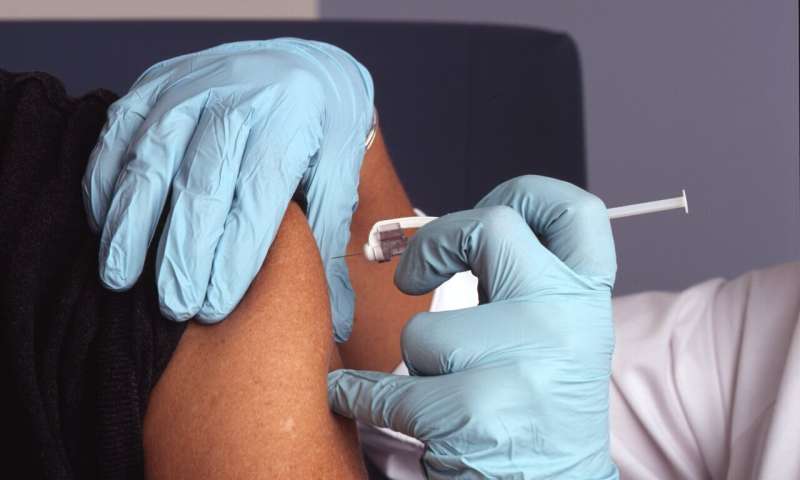The 'Aldehyde Storm': Genetic Mutation in East Asians Elevates Liver Disease Risk

A common genetic mutation in East Asians impairs aldehyde detoxification, leading to a dangerous 'aldehyde storm' that increases liver disease risk. New research highlights the role of ALDH2 deficiency in liver damage and the importance of reducing aldehyde exposure.
Recent research has uncovered how a specific genetic mutation prevalent among East Asian populations significantly increases the risk of liver disease through a phenomenon dubbed the 'aldehyde storm.' Scientists from Osaka Metropolitan University have identified the underlying mechanism by which this mutation impairs the detoxification of harmful aldehydes, leading to severe liver damage.
The study focused on the enzyme aldehyde dehydrogenase 2 (ALDH2), crucial for neutralizing toxic aldehydes produced naturally in the body, such as acetaldehyde (from alcohol metabolism) and acrolein (from environmental pollutants like cigarette smoke). A common mutation, known as ALDH2*2, diminishes the enzyme’s effectiveness, affecting about 40% of Japanese individuals.
Using genetically modified mice that mimic the human ALDH2*2 mutation, researchers observed that when exposed to allyl alcohol—a substance that converts into acrolein in the liver—they experienced a rapid surge in aldehyde levels, creating what the scientists call an 'aldehyde storm.' This burst leads to aldehyde accumulation in the liver, causing extensive tissue damage.
Importantly, the study found that the body's primary antioxidant, glutathione, was depleted during this process, failing to detoxify the excess aldehydes. The resulting oxidative stress promoted ferroptosis—a form of cell death—and widespread organ damage, with the liver being most affected. This discovery underscores the critical link between aldehyde metabolism, redox balance, and cell death pathways.
These findings suggest that individuals carrying the ALDH2*2 mutation are more vulnerable to aldehyde accumulation, especially upon exposure to environmental sources like cigarette smoke or certain medications such as some anticancer drugs that metabolize into aldehydes. The research emphasizes the importance of antioxidant support and minimizing aldehyde exposure to reduce liver injury risk.
Lead researcher Associate Professor Takeshi Izawa commented that while the aldehyde levels used in the study exceed typical smoking exposure, real-world risks may also include daily environmental chemicals and medical treatments. The team plans to further investigate chronic exposure effects and their potential link to cancer development.
Published in Free Radical Biology and Medicine, this study highlights novel insights into how genetic factors influence liver health and offers practical guidance for at-risk populations to mitigate damage through lifestyle and medical management.
Source: https://medicalxpress.com/news/2025-09-aldehyde-storm-gene-mutation-east.html
Stay Updated with Mia's Feed
Get the latest health & wellness insights delivered straight to your inbox.
Related Articles
Breakthrough in Childhood Leukemia Treatment: New Drug Combination Shows Promise
A groundbreaking drug combination developed by Cambridge scientists shows promise in treating childhood leukemia more effectively and with fewer side effects, potentially transforming future therapies.
Telehealth Efficacy Demonstrated Despite Policy Barriers
Recent research demonstrates that telehealth significantly improves health outcomes for homebound individuals, highlighting the urgent need for policy reforms to remove access barriers and expand this essential care modality.
Breakthrough Bispecific Inhibitor Targets Multiple Coronaviruses, Including Resistant Strains
A groundbreaking bispecific inhibitor has been developed to combat a wide range of coronaviruses, including Paxlovid-resistant variants, offering hope for more resilient antiviral therapies.
U.S. Cuts Global Vaccine Funding: The Role of Philanthropy and Its Challenges
The U.S. reduces its support for global vaccination programs, increasing reliance on philanthropy which faces sustainability and influence challenges. Discover the impact on global health efforts.



